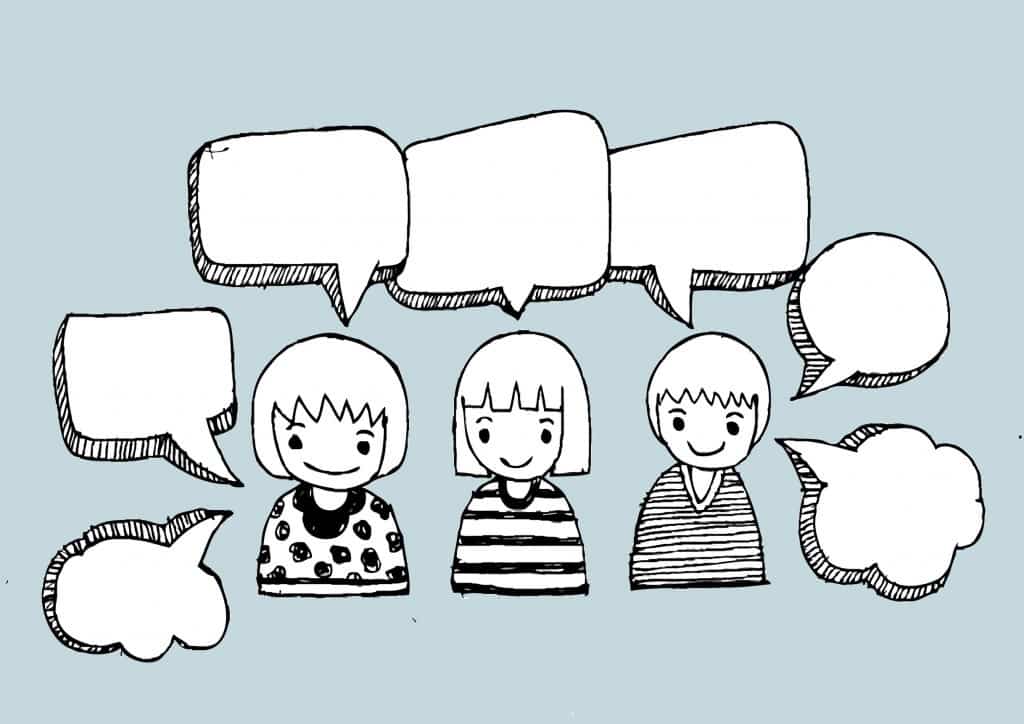
Cognitive Behavior Therapy (CBT) is like a teamwork game for kids and teens. It's best for those who are 7 or older and want to talk about things like feeling mad, worried, not confident, sad, or having a tough time with friends.
CBT isn't a long process (usually 6 to 20 sessions). It looks at how thoughts, feelings, how your body reacts, and what you do are all connected. For instance, what you think about a situation can change how you feel inside and out, and how you act in response. You can deal with situations in good or not-so-good ways, and it often depends on how you think about them.
What Happens During CBT Sessions?
In CBT sessions, kids and teens learn cool stuff to help them tackle their problems. First, they get information to understand their issues better. This part is called 'psychoeducation,' and it's a big deal in CBT. They're like detectives, learning about how thoughts work and ways to deal with them, both in and out of therapy.
Here's a story to explain: Imagine a teen in a hallway seeing a friend. If they're anxious or down, they might think 'She's mad at me' or 'I messed up,' making them feel bad and act not so great. But, if they rethink it, maybe their friend was just busy. That makes them feel better and act differently.
With Children, CBT gets even more creative and fun. It's like using metaphors to make learning easier and exciting.
How CBT Helps and What It Does:
CBT is like a toolbox full of skills to feel better. It's great for lessening strong feelings and mind troubles by changing a few things:
- Tricky Thoughts: Fixing thoughts that bring you down or aren't true.
- Not-so-Great Ways: Changing how you handle stuff that's tough.
- Unintended Actions: Stopping things you do that make you feel worse.
CBT isn't just listening – it's doing. You might practice these skills at home, too. It's like a goal-setting game, working step by step to solve problems. Say someone's really scared of dogs. In CBT, they'd face their fear bit by bit, like steps in a game. It's called 'exposure.' And sometimes, parents join in to help make things even better!
FAQs (Frequently Asked Questions)
What is Cognitive-Behavior Therapy (CBT) for kids and teens?
Cognitive-behavior therapy (CBT) is like a teamwork game designed for kids and teens, typically for those aged 7 or older. It provides a space to discuss emotions like anger, worry, lack of confidence, sadness, or challenges with friendships.
How long does CBT usually take?
CBT typically involves a relatively short process, ranging from 6 to 20 sessions. It explores the interconnectedness of thoughts, feelings, bodily reactions, and behaviors. What you think about a situation can influence how you feel and act in response to it, and CBT helps individuals learn to manage situations in constructive ways based on their thoughts.
What happens during CBT sessions?
In CBT sessions, kids and teens engage in learning activities to address their issues. They begin with "psychoeducation," where they gain valuable insights into how thoughts function and techniques to manage them, both within and outside of therapy. They become like detectives, learning to understand thought processes and effective coping strategies.
How is CBT explained to children?
CBT is introduced to children in a creative and engaging manner, often using metaphors to make learning enjoyable. It helps kids understand and apply CBT concepts effectively.
How does CBT help, and what does it involve?
CBT is like a toolbox filled with skills to improve emotional well-being. It focuses on reducing intense emotions and mental challenges by addressing three key areas:
- Tricky Thoughts: Correcting thoughts that bring you down or are inaccurate.
- Not-So-Great Ways: Changing unhelpful strategies for handling difficult situations.
- Unintended Actions: Preventing behaviors that contribute to feeling worse.
CBT is not just about listening; it's about taking action. Skills learned in CBT sessions can often be practiced at home. It's akin to a goal-setting game, working step by step to solve problems. For example, if someone is extremely scared of dogs, CBT helps them face their fear incrementally, like levels in a game, through a process called "exposure." Sometimes, parents may also be involved to enhance the effectiveness of therapy.
Who can benefit from CBT for kids and teens?
CBT is beneficial for children and teenagers who experience a range of emotional challenges, including anxiety, depression, anger issues, low self-esteem, and difficulties with school or peer relationships. It’s suitable for kids aged 7 and older who want to address these issues constructively.
Is CBT suitable for children with developmental or learning disabilities?
Yes, CBT can be adapted to meet the needs of children with developmental or learning disabilities. Therapists with expertise in this area can customize CBT techniques to ensure they are accessible and effective for children with diverse needs. At MPG we are experienced in working with children with disabilities to provide the most appropriate support.




